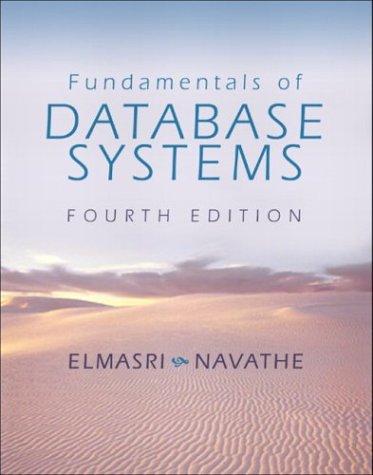Answered step by step
Verified Expert Solution
Question
1 Approved Answer
Consider the following function complexities f 1 ( n ) = 5 n 2 - n + 3 f 2 ( n ) = 5
Consider the following function complexities
fnnn fnlgn fnnlgn
fnn fn lgn fn en
a List all the elements of the following Big O sets, given the following functions. Remember that Big O contains proportional and slowergrowing functions. All you need to do is add all appropriate fi into the sets, denoted by the It is possible that a set will not have elements in it
On
On
Olgn
On
b Do the same for the Big theta and Little o sets. It is possible that a set will not have elements in it
theta n
theta lgn
onlgn
on
c If Suppose fn is a function which belongs in sets On as well as in Omega n List any functions that would belong in both sets.
d Suppose a function fn belongs in both Ogn and Omega gn Clearly explain why this function also must belong in theta gn
Step by Step Solution
There are 3 Steps involved in it
Step: 1

Get Instant Access to Expert-Tailored Solutions
See step-by-step solutions with expert insights and AI powered tools for academic success
Step: 2

Step: 3

Ace Your Homework with AI
Get the answers you need in no time with our AI-driven, step-by-step assistance
Get Started


